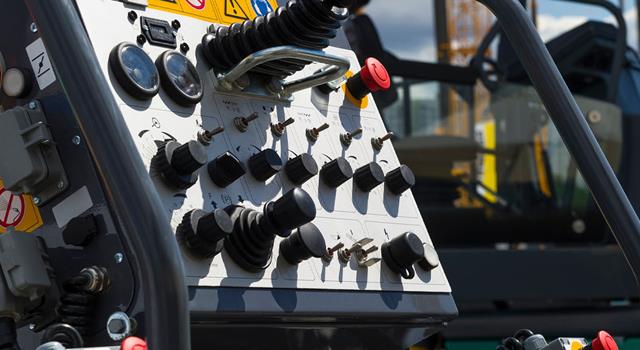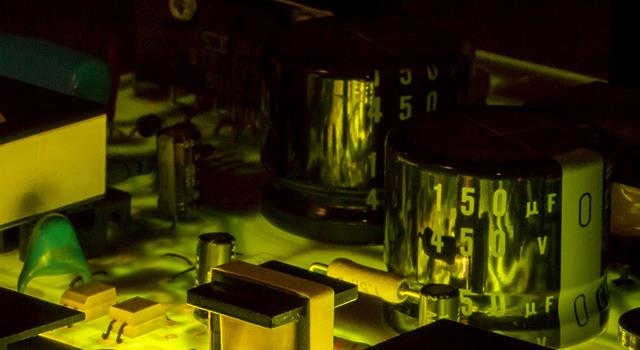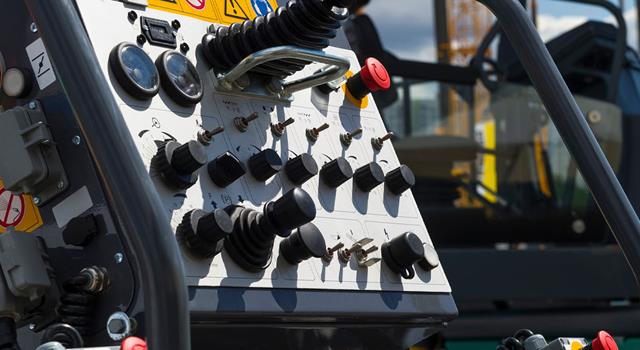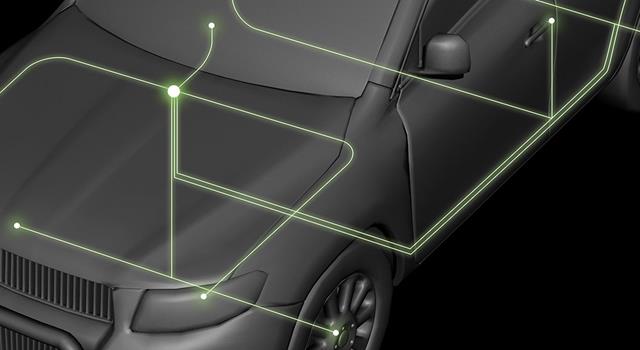In the evolving world of sensor technology, Hall effect sensor latches have emerged as critical components in a wide array of applications. Predominantly known for their role in detecting magnetic fields, these sensors have evolved from simple 1-dimensional (1D) versions to more complex 2-dimensional (2D) latches. This blog delves into the intricacies of 2D Hall sensor latches, exploring their operation, applications, and the advantages they offer over their 1D counterparts.
Hall Effect Latch Operation
At the core of Hall effect latch operation is the Hall effect principle. This phenomenon occurs when a magnetic field perpendicular to the flow of electric current in a conductor leads to a voltage difference across the conductor. Hall effect latches harness this principle to detect magnetic fields, with the output being a digital signal indicating the presence or absence of a magnetic field.
Magnetic Field Vectors
Understanding magnetic field vectors is crucial in comprehending how Hall sensors operate. These vectors represent the direction and magnitude of magnetic fields. In Hall sensors, these vectors determine the activation and deactivation of the latch based on the orientation and strength of the magnetic field.
Rotary Encoding Using 1 Dimensional Latches
1D Hall latches have been widely used in rotary encoding applications. They detect the presence of a magnetic field along a single axis. This feature makes them suitable for applications where the magnetic field varies in a single plane, such as in rotary encoding where the sensor detects the movement of a magnet in a circular path.
Multi-Pole Ring Magnet Field Vectors
Multi-pole ring magnets, which have alternating north and south poles, present complex field vectors. The alternating poles create a situation where the magnetic field's direction and strength vary along the circumference of the ring. This complexity is where 2D Hall sensor latches show their strength, as they can detect changes in multiple dimensions.
Hall Effect Latch: Sensing Directions
Unlike 1D latches that sense magnetic fields in a single direction, 2D Hall latches can detect fields in two perpendicular planes. This dual-plane detection capability allows for more intricate and sensitive magnetic field detection, enabling applications that require precise sensing of the direction and magnitude of magnetic fields.
2-channel Latch Limitations
Traditional 2-channel Hall effect latches have limitations, particularly in detecting complex magnetic field variations. They can struggle with fields that change rapidly in direction and intensity, leading to less accurate readings.
Magnet Pole-pitch Challenges
One of the significant challenges in Hall effect latch applications is the pole-pitch of magnets, especially in rotary encoding. Pole-pitch refers to the distance between two similar poles (north to north or south to south). Accurately sensing this pole-pitch is crucial for precision in rotary encoding but can be challenging for 1D latches.
Hall Effect Latches: 1 Dimensional vs 2 Dimensional
The primary difference between 1D and 2D Hall effect latches lies in their ability to detect magnetic fields. While 1D latches can only detect changes in one direction, 2D latches can accurately sense changes in two perpendicular planes. This ability makes 2D latches more versatile and accurate in complex applications.
Rotary Encoding with a 2 Dimensional Hall Effect Latch
In rotary encoding, 2D Hall effect latches offer enhanced accuracy and sensitivity. They can detect the precise position of a rotating object with multi-pole magnets, making them ideal for applications that require high precision, such as in robotics or automotive sensors.
Example Applications For 2 Dimensional Latches
2D Hall effect latches find applications in various fields, including automotive, where they are used for precise positioning in steering systems, in industrial automation for accurate positioning of machinery, and in consumer electronics for enhanced user interface controls.
Conclusion
The evolution from 1D to 2D Hall effect latches marks a significant advancement in sensor technology. These 2D latches offer improved accuracy, sensitivity, and versatility, making them indispensable in modern applications requiring precise magnetic field detection and measurement. As technology continues to advance, the potential applications for 2D Hall sensor latches are bound to expand, further embedding them as a critical component in the field of sensor technology.























